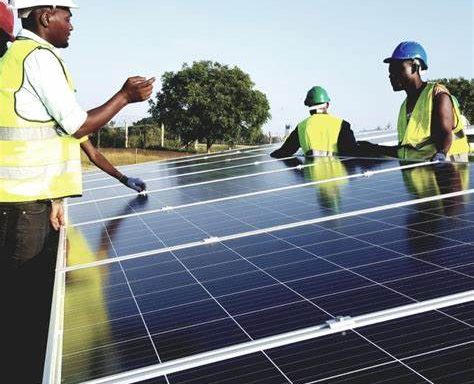The Organisation of Petroleum Exporting Countries (OPEC) has unveiled its 2023 World Oil Outlook with a projection of soaring oil demand and an urgent call for a $14 trillion investment.
This perspective sets them apart from other forecasters, particularly the International Energy Agency (IEA), which anticipates peak demand within this decade.
Join our WhatsApp ChannelOPEC Secretary General, Haitham Al Ghais, stated , “Recent developments have led the OPEC team to reassess just what each energy can deliver, with a focus on pragmatic and realistic options and solutions. Calls to stop investments in new oil projects are misguided and could lead to energy and economic chaos, putting the required oil sector investment at $14 trillion out to 2045, up from $12.1 trillion estimated last year.”
This announcement comes as OPEC adjusts its outlook, now predicting that world oil demand will surge to 116 million barrels a day (bpd) by 2045, a 6 million bpd higher than their previous estimate from the previous year. The primary drivers of this demand growth are expected to be China, India, other Asian nations, Africa, and the Middle East.
In contrast, the IEA, led by Executive Director Fatih Birol, made headlines last week by suggesting that global coal, oil, and natural gas consumption might peak even before 2030. They have been vocal proponents of halting new oil investments to achieve net-zero emissions by mid-century.
During the report’s launch in Riyadh, OPEC’s Al Ghais expressed concerns about the global push towards net zero, asserting, “There are some who unfortunately continue to push the extremely risky narrative of dismissing oil with talk of oil demand dropping by almost 25 million barrels a day by the year 2030.”
READ ALSO: Hamas Attack On Israel, Rising Tensions Surge Oil Prices
OPEC also revised its demand forecasts for the medium term, projecting demand growth until 2028, despite economic challenges such as interest rate hikes. They now expect world demand to reach 110.2 million bpd in 2028, up from 102 million bpd in 2023, and 109 million bpd in 2027, up from 106.9 million bpd estimated in 2022.
This shift in OPEC’s stance marks a departure from their initial predictions during the pandemic when they suggested a slowdown in consumption.
Now, they foresee oil demand continuing to rise, even higher than pre-pandemic levels, with the report stating, “By 2045, there will be 2.6 billion vehicles on the world’s roads, a billion more than in 2022. Over 72 per cent of them will be powered by a combustion engine despite electric vehicles being the fastest-growing segment.”
Emmanuel Ochayi is a journalist. He is a graduate of the University of Lagos, School of first choice and the nations pride. Emmanuel is keen on exploring writing angles in different areas, including Business, climate change, politics, Education, and others.



















Follow Us